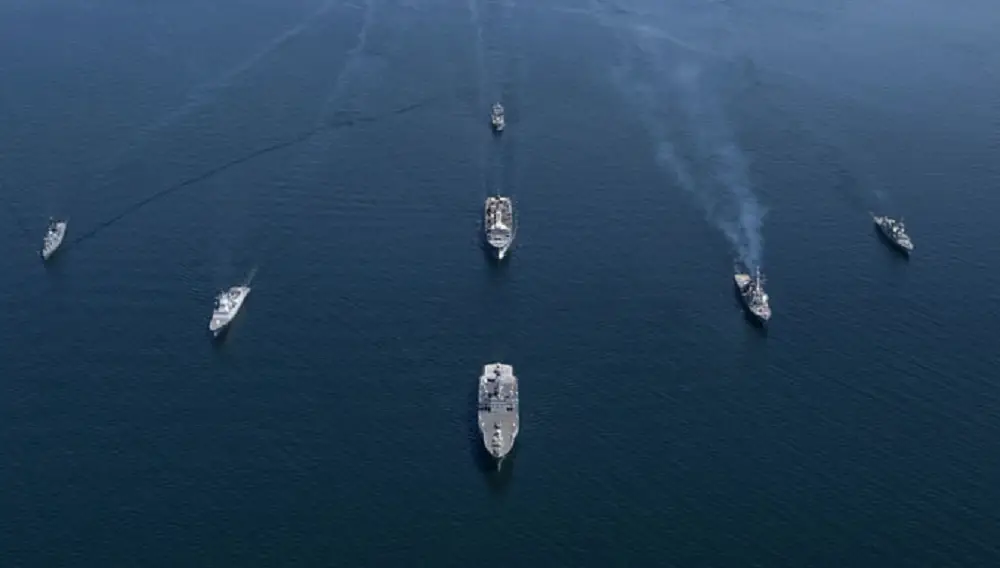Around 3,000 personnel from 19 NATO Allies and partners are taking part in the annual BALTOPS naval exercise that kicked off in the Baltic Sea on Sunday. To ensure the safety and health of participating military personnel, BALTOPS 2020 will take place exclusively at seaThe 49th BALTOPS exercise, which runs until 16 June, involves maritime and air forces with around 30 ships and submarines, and 30 aircraft. The training includes air defence, anti-submarine warfare, maritime interdiction and mine countermeasure operations.

“The Baltic Sea is of vital strategic importance for the Alliance and is bordered by six NATO countries, and two close partners”, said NATO spokesperson Oana Lungescu. She added, “While we continue to take all the necessary measures to protect our armed forces against the health crisis, our operational readiness remains undiminished”.
BALTOPS provides the opportunity for NATO and partner nations to operate together, sharing best practices to improve real world operations,” said U.S. Vice Admiral Lisa Franchetti, commander, Naval Striking and Support Forces NATO and commander, U.S. 6th Fleet.

For the first time, the exercise will be commanded ashore by Naval Striking and Support Forces NATO (STRIKFORNATO) from its headquarters in Lisbon, Portugal.NATO’s Combined Air Operations Centre (CAOC) in Uedem, Germany, will direct all air operations. “We are supporting BALTOPS by planning and coordinating exercise air operations and synchronizing maritime and air operations with STRIKFORNATO and U.S. 6th Fleet,” said Lieutenant General Klaus Habersetzer, Commander of the CAOC. NATO AWACS surveillance aircraft will also participate and coordinate some of the air manoeuvres.

BALTOPS is the largest exercise series in the Baltic Sea. Participating troops come from Canada, Denmark, Estonia, Finland, France, Germany, Greece, Italy, Latvia, Lithuania, the Netherlands, Norway, Poland, Portugal, Spain, Sweden, Turkey, the UK, and the United States. BALTOPS (Baltic Operations) is an annual military exercise, held and sponsored by the Commander, United States Naval Forces Europe, since 1971, in the Baltic Sea and the regions surrounding it.
















